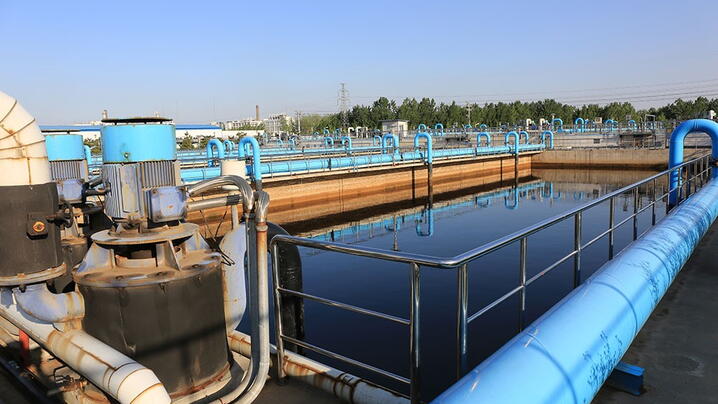
Sponsored Content by FATHOM
by Trevor Hill, chairman and chief executive officer, FATHOM
We’ve all heard it. Water infrastructure in the United States is largely in disrepair. Indeed, the American Society of Civil Engineers has assigned U.S. water utilities a “D” rating. The spigot of generous federal grants has run dry, just as utilities are losing revenue to weather events, leaky pipes, and outdated and ineffective billing infrastructure that relies heavily on inaccurate, analog water meters.
We can do something about it. The past 10 years has seen growing adoption of smart water meters that provide near-real-time data about water consumption patterns, leaky pipe locations, and perhaps most importantly, a direct and irrefutable link to the ratepayer. Combined with data analysis, these smart water meters empower community leaders to make informed decisions to best manage their water utilities. In many cases, they also address the (often large) discrepancy between reported water consumption and the amount of water actually delivered.
Like all technology in the water industry, the adoption of these smart meters has largely been spearheaded by well-capitalized, large utilities. But of the roughly 50,000 water utilities in the U.S., the vast majority have less than 10,000 meters. Some are located in fast-growing exurban areas, others are older… yet all struggle with implementing new technology at scale.
Small utilities simply lack economies of scale—from cost of service to effectively connecting with ratepayers. As new technology opportunities present themselves to address these issues, however, there is a justifiable fear of eliminating jobs and taking on undue risk of adopting a complex unknown for a utility that provides an essential, vital service to the community. Larger utilities can deploy their resources to take a timely and sophisticated approach to onboarding new systems and processes; whereas, smaller utilities often can’t afford that approach.
The challenges facing U.S. water utilities are grand. Even so, we have tools available to build a future for our water systems—both financially and physically—that include software platforms, utility expertise, and managed services, alongside a community of utilities committed to continuous improvement that will enable communities of all sizes to ensure the delivery of affordable water into the future.
An example of a community who has put innovative water utility to work is Cedar Hill, Texas. Following the implementation of FATHOM’s Smart Grid for Water, a comprehensive solution including infrastructure, software, services, and a community of industry experts creating the economies of scale necessary to deliver the Smart Grid to all water utilities, Cedar Hill reduced total water loss from 40 percent to 12 percent after an initial scan of its billing system, followed by a 4.8 percent annual increase in revenue, and 14 percent demand reduction. Customers in the fast-growing community are now able to directly engage with the utility through an easy to use web portal, empowering them to be more intelligent consumers of the water they purchase. Read about the Cedar Hill case study.
Implementing a comprehensive meter replacement regime and developing the backend data management in-house can be extremely challenging for smaller utilities because of:
- Cost.
- Complexity.
- Merging old data with new data.
- Communicating those changes to customers.
- Maintaining the new system for the foreseeable future.
To be successful, FATHOM’s approach is to leverage its scale and expertise to take on the risk for utilities and handle meter replacement all the way to billing and delivering customer care. This risk avoidance is carefully constructed into long-term contracts that align the partners in delivering excellent customer service and increased revenue. With aligned incentives, the team can work to elevate those in operational roles into analysts and customer advocates that help ensure a successful project and sustainable community.
This fully integrated approach allows ratepayers in smaller utilities to "snap in" to state-of-the-art technology, which ultimately gives them control over their water usage before, during, and after rate increases occur. All the while, billing disputes can be resolved quickly with the near-real-time data provided. FATHOM finances the solution, which is typically paid for through cash flows generated from the savings created by deploying the Smart Grid.
To learn more about the Smart Grid for Water, view our recent on-demand webinar.
FATHOM delivers The Smart Grid for Water to more than 250,000 households across the country. Implemented in 150 public water systems, FATHOM’s backend data management and customer-facing portals leverage information gathered from more than 4 million meters. This growing community of innovative water utilities enables utilities of all sizes to enjoy tools and technology previously available only to the largest water utilities in the U.S.
This post is sponsored content from FATHOM, created by FATHOM.
New, Reduced Membership Dues
A new, reduced dues rate is available for CAOs/ACAOs, along with additional discounts for those in smaller communities, has been implemented. Learn more and be sure to join or renew today!
